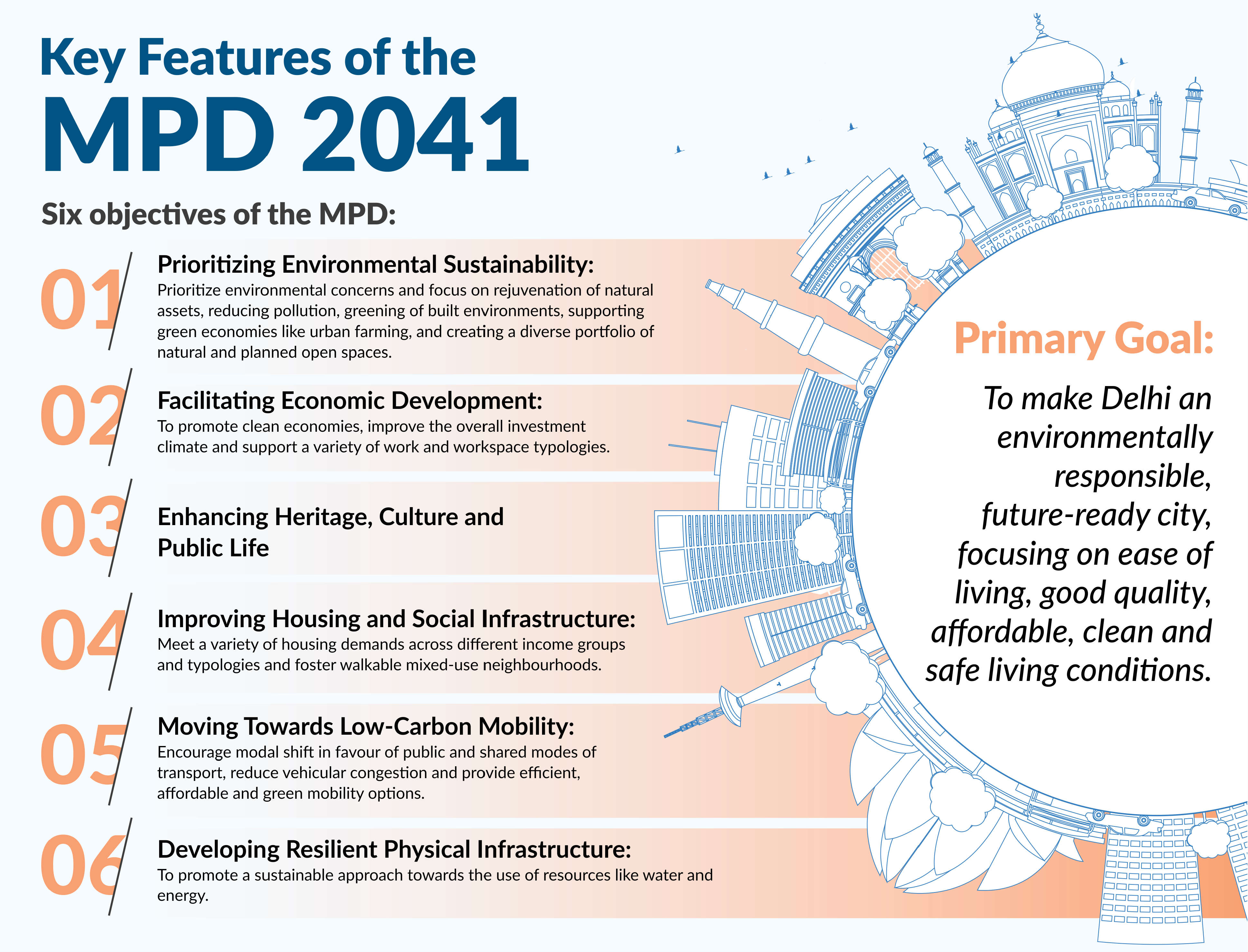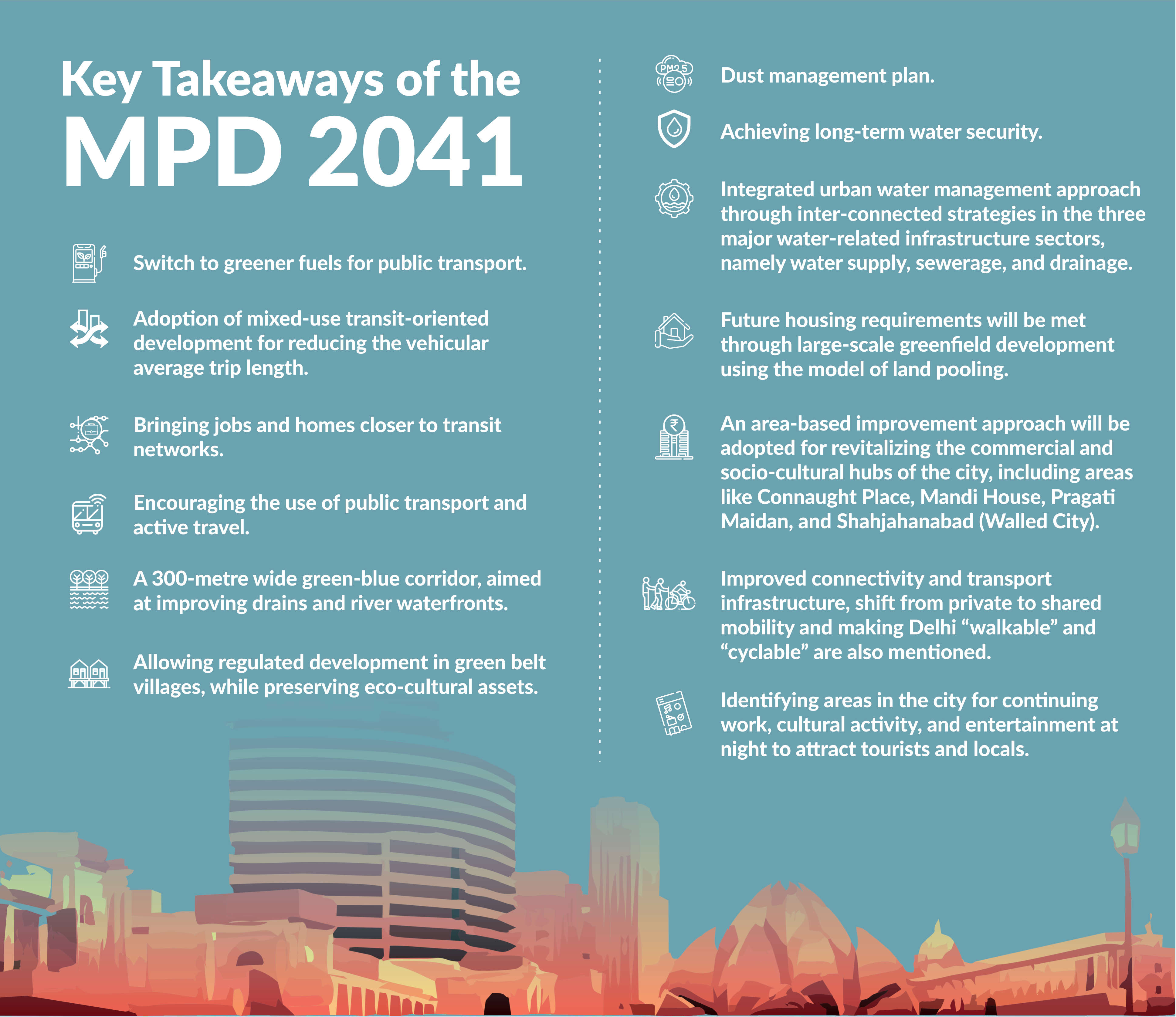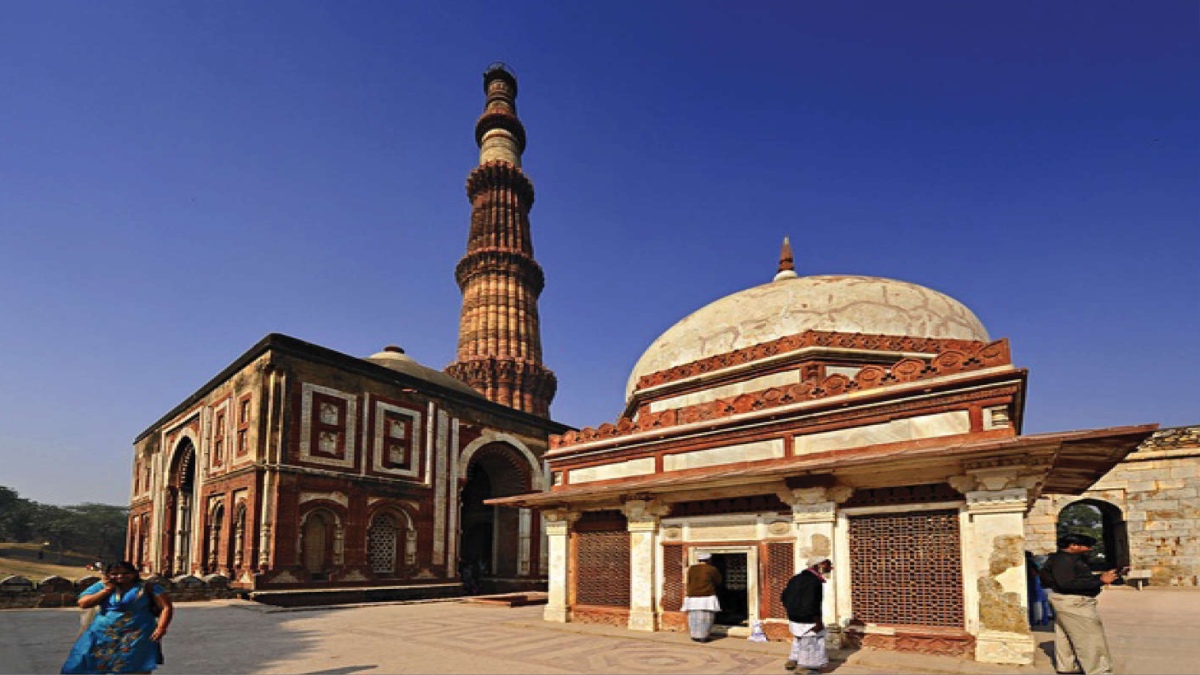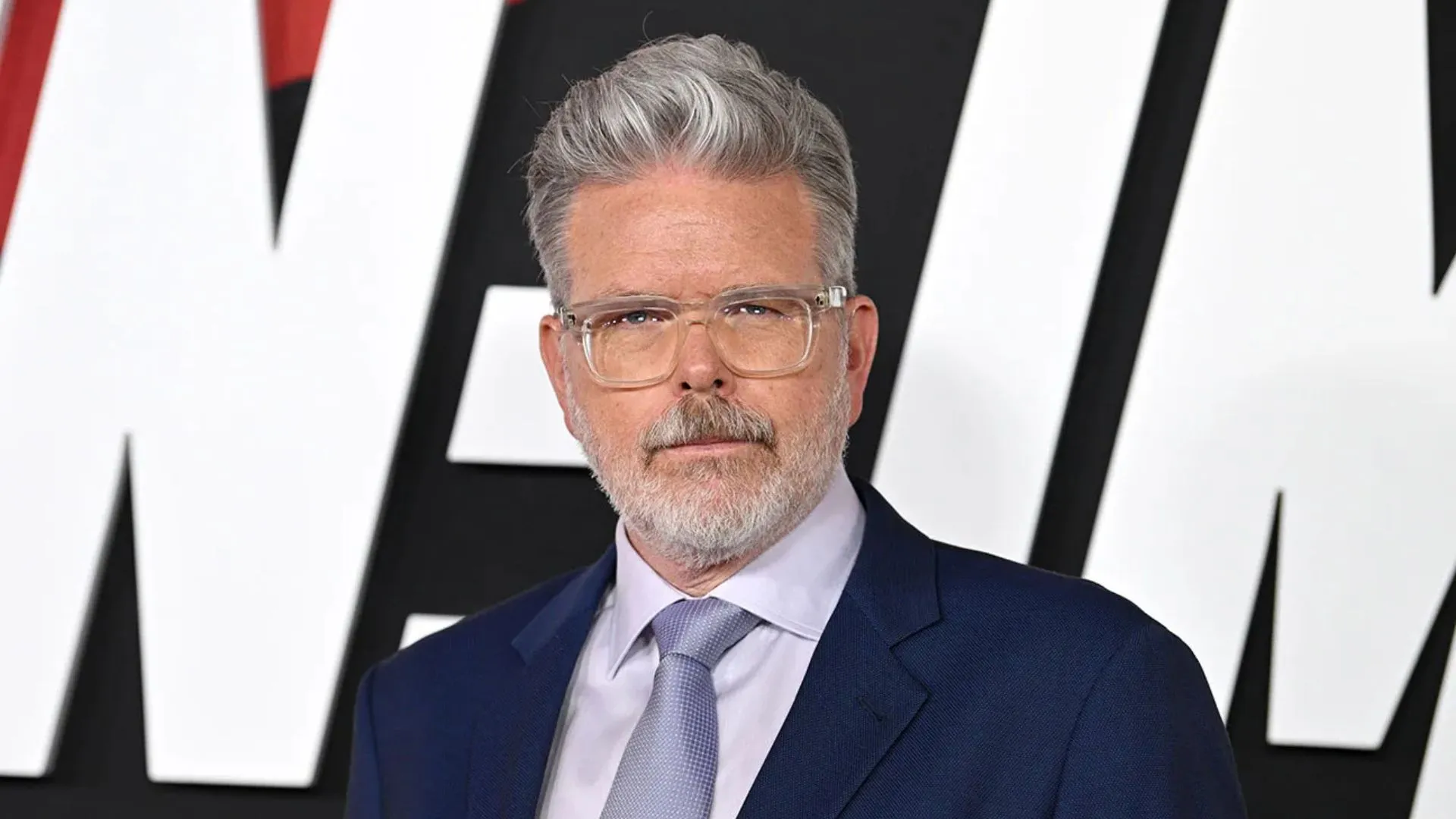Earlier this month, the Delhi Development Authority along with the National Institute of Urban Affairs opened up a draft of the Delhi Master Plan (MPD) 2041 for public feedback until 24 July. The Delhi Master Plan 2041, the fourth of its kind since the first effort covering 1961-81, aims to introduce policies that will help provide a “strategic and enabling framework that can nurture the future growth of the city,” according to the planning agency. The National Capital of Delhi is one of the most populous cities in the world and accounts for 1.39 per cent of India’s population. According to a 2018 report by the Population Division of the UN Department of Economic and Social Affairs, the population of Delhi and its immediate neighbourhood was estimated to be 2.9 crores in 2018 and is expected to touch 3.72 crores by 2028. The urban conglomerate is home to a large number of urban and migrant workers and supports a major economic structure.
 The city’s heritage needs to be accounted for while considering any development plans(Photograph by Creative Commons)
The city’s heritage needs to be accounted for while considering any development plans(Photograph by Creative Commons)
Being home to such a huge population, the city is riddled with a unique set of challenges, which often make newspaper headlines. From unbreathable air to skyrocketing property prices and rents, and from clogged roads to issues of water supply, Delhi faces it all. The master plan of any city is essentially a vision document by the urban planners and land-owning agencies, which provides a vision for future development while keeping in mind the limitations and challenges currently faced by the city. MPD 2041 is a framework that builds upon the lessons learnt from the implementation of the previous three plans. The plan includes sector-wise policies in the areas of environment, economy, public spaces, heritage, shelter, mobility, and social and physical infrastructure. While the 22 chapters of the MPD aim to address a range of issues that riddle the city, the plan definitely leaves behind some marginalized groups, and the issues of inadequate monitoring, implementation, and funding will pose challenges when the plan is implemented on the ground.


ACCOUNTABILITY, FUNDING AND TRANSPARENCY: MAIN CHALLENGES OF IMPLEMENTATION
Many urban planners and environmental experts state that while on paper the MPD or any other plan for the future of the city could be very comprehensive, the real challenges emerge when the plan is implemented on the ground.
In fact, a report in the Hindustan Times highlighted that many provisions of the MPD 2021 were in fact never implemented. Provisions such as the regularization of unauthorized colonies, preparation of ward-level local area plans, a redevelopment plan for special areas, development of integrated freight complexes (IFCs), and shifting of wholesale markets from city’s centre to these IFCs, redevelopment of old planned areas, which were all included in the MPD 2021, were left out. Additionally, a survey of the 2021 MPD revealed that while 80-90 per cent of the plan was implemented in the New Delhi Municipal Corporation (NDMC) area, only 50 per cent of the same was implemented in other parts of Delhi and even lesser in areas beyond the Yamuna river. The NDMC area mainly covers Lutyens’ Delhi and the areas surrounding it, a small 42.7 square kilometres of the total area of 1,484 square kilometres comprising Delhi.
 Every expanding city needs a well connected and affordable Rapid Transit System. Delhi Metro’s increasing ridership is an example of this.(Photograph by Creative Commons)
Every expanding city needs a well connected and affordable Rapid Transit System. Delhi Metro’s increasing ridership is an example of this.(Photograph by Creative Commons)
Many provisions of the past MPD’s have never seen the light of day due to inadequate funding available for implementation and the city’s unique governance structure which poses institutional challenges in implementing any policy changes. In the past, implementation of the MPD provisions has been characterized by delays, due to overlapping jurisdictions of various civic bodies and a lack of communication and coordination between different government departments responsible for its implementation.
Another major challenge to the plan is the population growth of Delhi, which several experts have highlighted are on the conservative side. Experts state that conventional methods used in estimated population projections yield unrealistic and lower figures of population growth, and the provisions will not be able to match the growth in Delhi’s population.
The MPD highlights that having a greener environment with protection norms and enhanced mobility by promoting the use of cleaner fuels is one of its key areas of focus. As a part of the environmental focus, the draft plan aims to reduce vehicular pollution through including the adoption of mix-use transit-oriented development (TOD), migration to greener fuels for public transport, and water quality improvement to be taken for river Yamuna and various natural drains, lakes and baolis. The plan also states that a clear boundary will be established in a buffer zone near the Yamuna (300-metre wide) and be maintained along the entire edge of the Yamuna river. Concerns have been raised over the preservation of the South Delhi Aravali ridge, the rejuvenation of the Yamuna River and the development plans for green areas.
WHO DOES THE MPD LEAVE BEHIND?
Various lobby groups, NGOs and planning experts have highlighted that while the MPD 2041 (as well as previous MPDs) make provisions for the welfare of poor and marginalized communities, these provisions become the last priority and are not carried out during implementation. A collective of women’s groups, housing groups and urban planning experts called Main Bhi Dilli, who aim to make the planning process more inclusive, have highlighted that the plan may not do enough for marginalized groups and informal sector workers which comprise a huge percentage of the population of the city.
 Sprawling slums and its inhabitants fulfill the city’s needs in terms of low cost labour, but the city fails to provide for them. (Photograph by Creative Commons)
Sprawling slums and its inhabitants fulfill the city’s needs in terms of low cost labour, but the city fails to provide for them. (Photograph by Creative Commons)
Many have mentioned that the plan being available online only and in Hindi and English for a city where a huge percentage of the population is technologically illiterate does not create a conducive environment for feedback. Responses and suggestions to the plan, while open to all in the public domain, can only be submitted online, which makes it inaccessible to a large number of people, especially those in marginalized groups.
Some experts have also highlighted that the plan does not have sufficient provisions to address the issues of fair land use, including ensuring affordable housing. Many have also added that the plan fails to address the problems faced by villages, which were urbanized in the 1970s and 1980s, without basic infrastructural facilities. Additionally, the provisions to reform the Yamuna also pose the risk of completely excluding poor farmers and fishermen who not only help sustain the river but also earn their livelihood from it. Delhi’s differently-abled population, which was not a focus in the MPD 2021 has been left behind in the MPD 2041. Additionally, there have been no provisions in the MPD 2041 to provide dedicated spaces for the LGBTQ community.
























